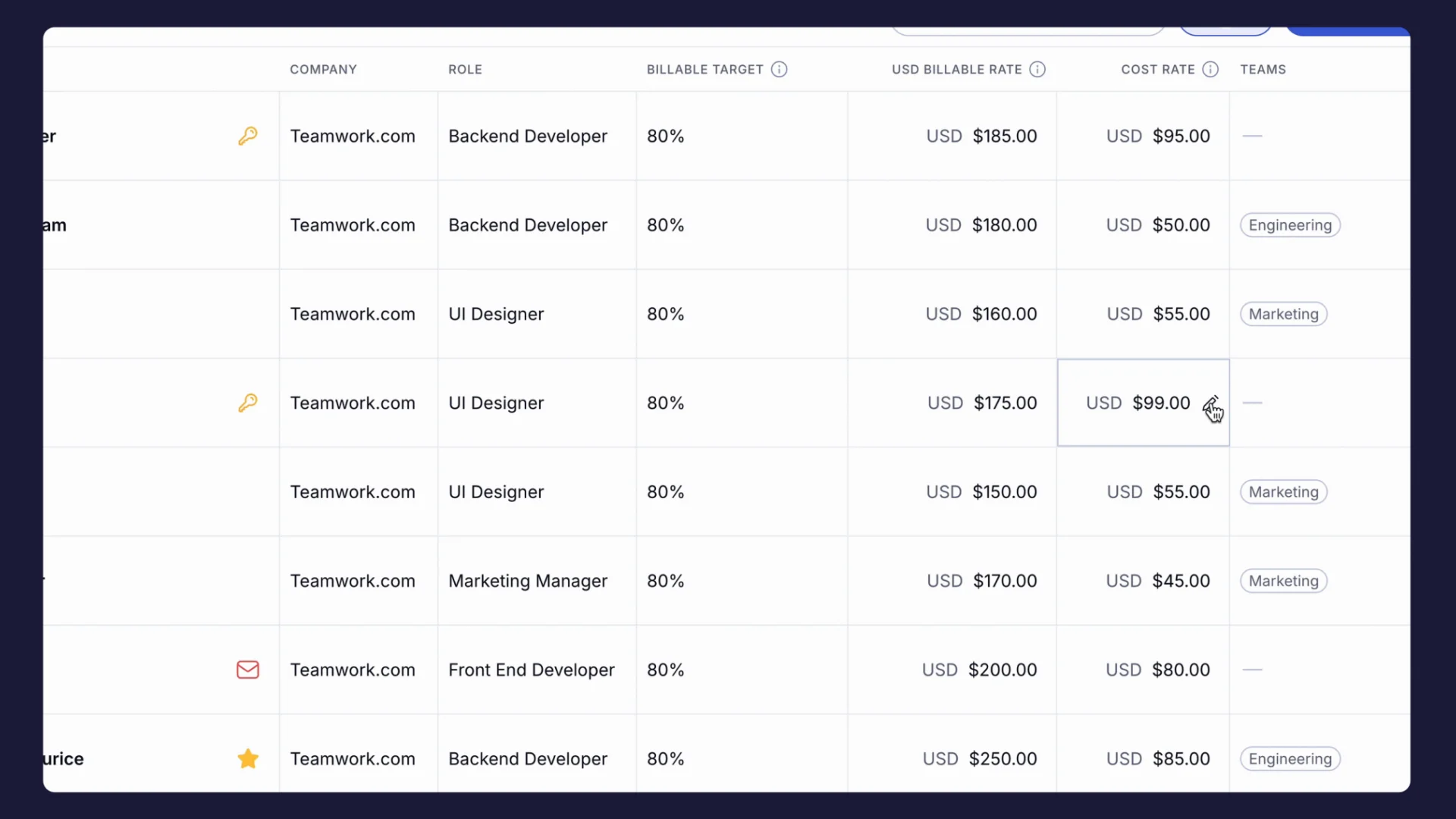In order to assess AI-readiness, we asked respondents to evaluate how their current tools stack up when it comes to managing projects, people, profits, and more. And the verdict ain’t good.
Over 9 in 10 (92%) respondents say their current tech is falling short, with data management/reporting (50%), resource management (42%), and integrating third party tools (40%) most commonly cited as the top failings.
The reason? Like we said, most tools can’t cope with the complex realities of client project delivery that go far beyond basic task management. The response? Pay for yet another tool to fill the gap. Our findings prove it: a whopping 58% confirmed they’re now using 3-5 separate tools to get the job done. Over time, this keeps adding to the ‘Frankenstack’ — making it even harder to untangle.
Only 1% can manage data, projects, profits, and resources in one tool
When all these tools don’t connect, the data becomes fragmented, creating blind spots that hide valuable insights and opportunities. Generic tools only make this worse, as they struggle with advanced reporting needs.
The true power of AI lies in working with unified operational and financial data, enabling smarter forecasting and better decision-making. But every additional tool you add scatters that data further, pushing more information into the abyss instead of unlocking its value.
50% said data management is the biggest problem with their tech
)

)
)
)
)
)
)
)
)
)
)
)
)